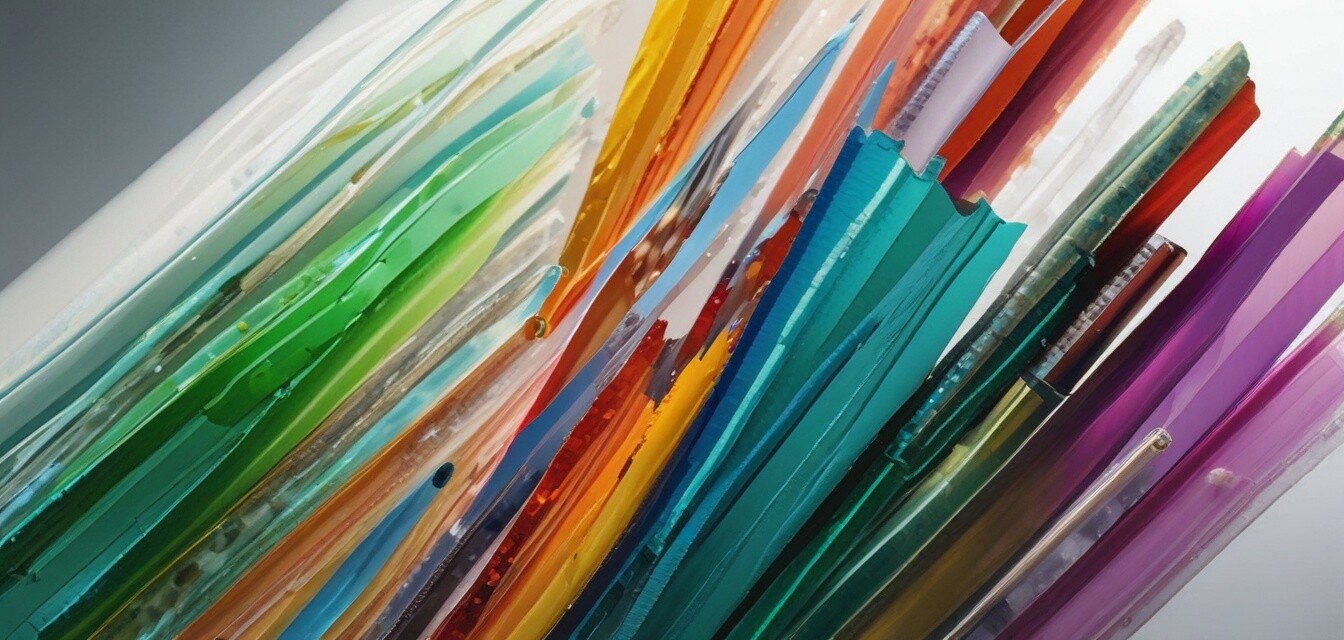
Exploring additives: Enhancing your glass art
Key Takeaways
- Additives can enhance the visual and physical properties of glass.
- Common additives include frit, opalescent powder, and metallic oxides.
- Incorporating additives requires experimentation and careful planning.
- Safety precautions should always be taken when using certain materials.
- Understanding glass making techniques is crucial for effective use of additives.
When it comes to creating stunning glass art, the possibilities are endless. One way to elevate your glass projects is by incorporating various additives. These materials can enhance the properties of your glass sheets, such as luminescence, texture, and color. In this article, we will explore different types of additives, how to use them in your projects, and tips for achieving the best results.
Types of additives for glass art
To make your glass art truly unique, consider these popular additives:
| Additive | Description | Use |
|---|---|---|
| Frit | Crushed glass particles available in various colors and textures. | Add to melted glass for unique effects or to create colored layers. |
| Opalescent powder | A fine powder that creates a soft, glowing effect on the glass. | Mix into glass sheets before firing to achieve a beautiful sheen. |
| Metallic oxides | Oxides that can add various colors and metallic finishes to glass. | Use sparingly to enhance colors or create layered effects. |
| Crystal powders | Fine crystal particles that add sparkle and texture to glass. | Incorporate into designs for added visual interest. |
How to incorporate additives into your glass projects
Incorporating additives into your glass projects can at first seem daunting, but it is manageable with some careful planning and experimentation. Here are some steps to consider:
- Research and understand your additives: Each additive has unique properties and behaviors. Take time to read about them before use.
- Start small: Before committing to a large project, try a small sample to see how your chosen additive reacts with the glass.
- Experiment with mixing: Combine different additives to see how they interact. This can lead to unforeseen and beautiful results.
- Consider firing schedules: Adjust your kiln firing schedules based on the additives used, as some may react differently when heated.
- Document your process: Keep detailed notes on your experiments, enabling you to replicate successful combinations in future projects.
Safety considerations
While working with various glass additives, it’s important to keep safety in mind. Here are some tips to ensure a safe working environment:
- Always wear protective eyewear and gloves when handling materials.
- Use a dust mask when working with powders to avoid inhalation.
- Ensure your workspace is well-ventilated, especially during firing.
- Store all additives safely, following manufacturer guidelines.
Conclusion
Incorporating additives into your glass art projects can elevate your work, providing new textures, colors, and finishes that make your creations truly unique. By understanding the types of additives available, experimenting with their use, and taking necessary safety precautions, you can enhance your artistic expression in the exciting world of glass making. For more resources or tools related to glass making, check out our full range of fusing and slumping supplies or browse our glass art project kits for guided projects!
Pros
- Enhances the artistic possibilities of glass art.
- Offers a variety of textures, colors, and effects.
- Allows for personalized and unique creations.
- Provides opportunities for experimentation and learning.
Cons
- Can be complicated to use and requires practice.
- Some additives may be hazardous if not handled correctly.
- Potential for unexpected results that may not align with initial vision.
- Requires additional research and testing.

